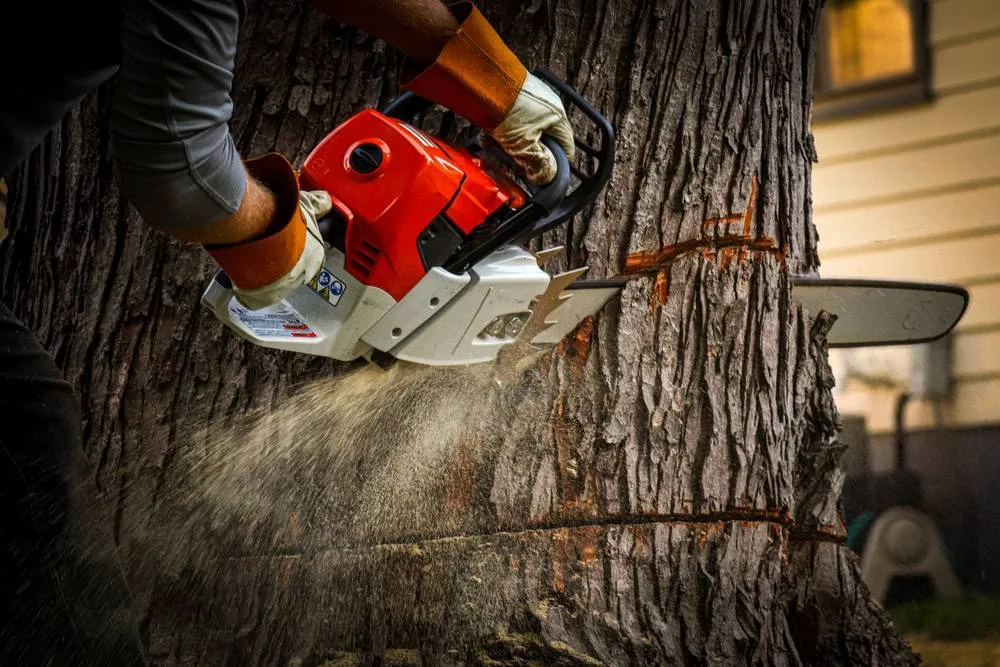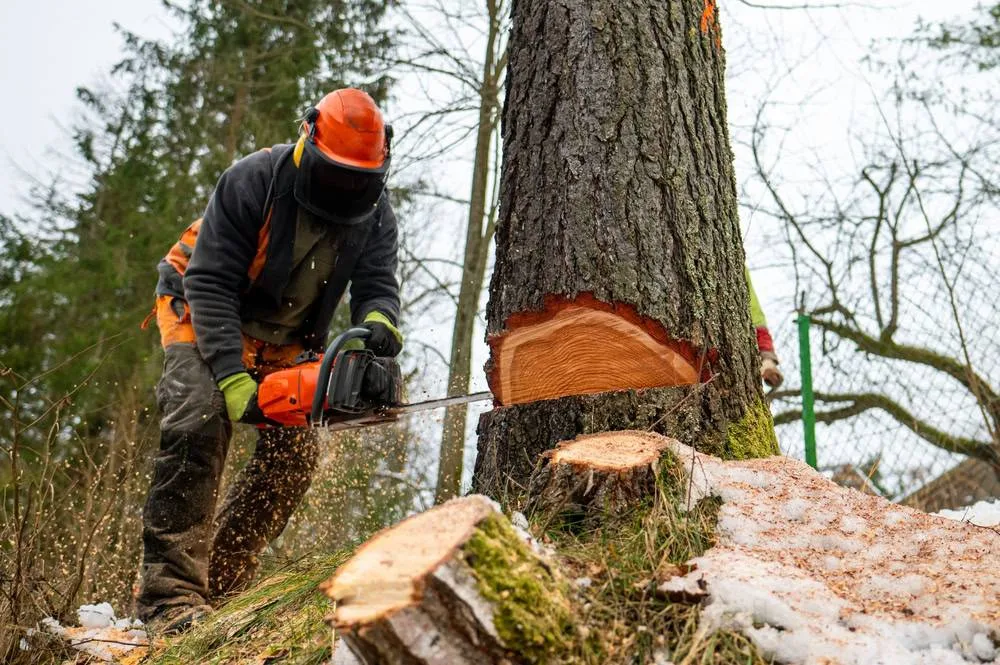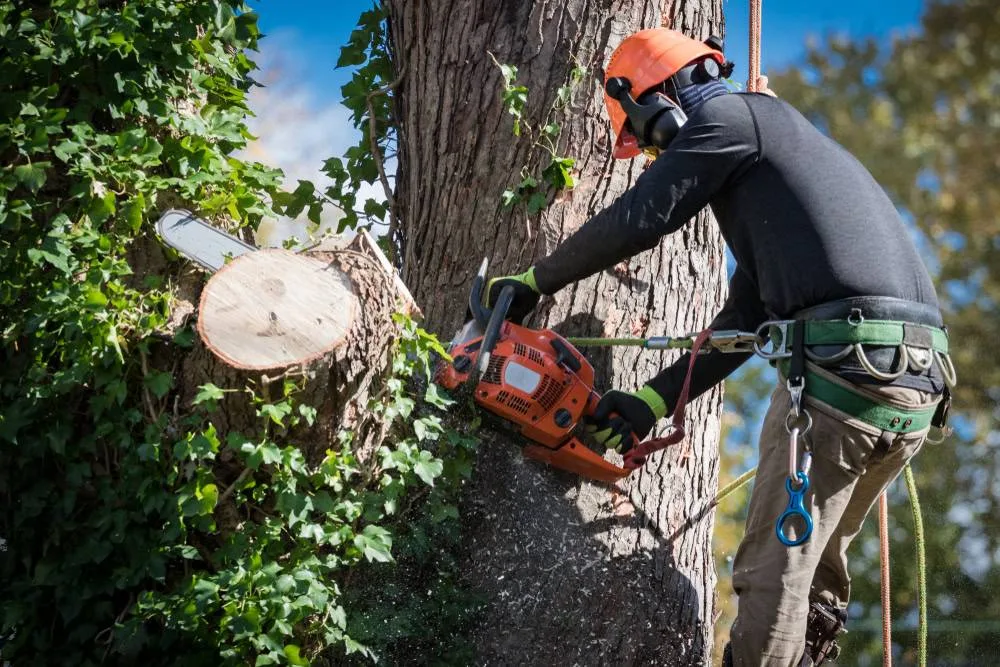Tree Services in New Suffolk, NY
Safe, Professional Tree Care You Can Trust
Expert arborists protecting your property with reliable tree services throughout Long Island’s North Fork.

Hear from Our Customers

Professional Tree Care New Suffolk
When your trees are properly maintained, you sleep better at night. No more wondering if that branch will come down in the next storm. No more worrying about power lines or damage to your home.
You get peace of mind knowing your trees are healthy, your property is safe, and your investment is protected. Professional tree care means fewer emergencies, lower long-term costs, and a landscape that actually adds value to your home.
The difference shows immediately. Properly pruned trees look better, grow stronger, and create the kind of curb appeal that makes your neighbors take notice. More importantly, you’re not dealing with insurance claims or emergency repairs when the weather turns bad.
Certified Arborists New Suffolk NY
Green Light Tree Services brings certified arborist expertise to New Suffolk and the surrounding North Fork communities. We understand how coastal weather, soil conditions, and local tree species behave throughout the seasons.
Years of experience on Long Island means we’ve seen every type of tree problem you’re likely to face. From storm damage cleanup to preventive maintenance, we handle each job with the kind of attention that comes from working in the same community where we live.
Fully licensed and insured, we operate with professional equipment and safety protocols that protect both your property and our crew. When you need tree work done right the first time, you want people who know what they’re doing.

Tree Service Process New Suffolk
Every job starts with an assessment. A certified arborist evaluates your trees, identifies any safety concerns, and explains exactly what needs to be done. You get a clear written estimate with no surprises.
Our crew arrives with professional equipment and handles all aspects of the work, from cutting to cleanup. Safety protocols protect your property while we work. Every branch, every piece of debris gets removed from your property.
After the work is complete, you get a clean site and trees that are healthier, safer, and better looking. If you’re dealing with insurance claims, we provide the documentation you need. The job isn’t finished until your property looks better than when we started.

Ready to get started?
Complete Tree Services New Suffolk
Tree removal handles the dangerous situations – dead trees, storm damage, or trees threatening structures. Emergency response gets our crews to your property quickly when weather creates immediate hazards.
Tree trimming and pruning keeps healthy trees in good condition. Proper technique promotes growth, prevents disease, and maintains the shape that looks best on your property. Our certified arborists know how much to cut and when to do it.
Regular tree maintenance prevents most emergency situations. Seasonal inspections catch problems early, before they become expensive repairs. On Long Island, where storms can hit hard and fast, preventive care is the difference between minor maintenance and major damage cleanup.
